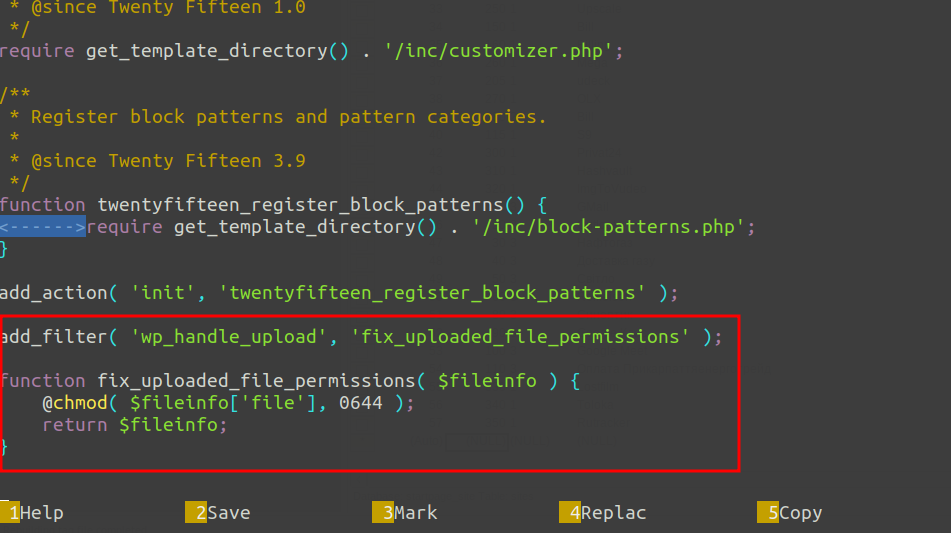PDO (PHP Data Objects) дозволяє змінити базу даних з MySQL на PostgreSQL без переписування PHP-коду, якщо код написаний правильно. Однак потрібно розуміти, що саме змінюється, а що — ні.
1. Головне правило
PDO прибирає залежність від драйвера БД, але не від SQL-діалекту.
- ✔ PHP-код зазвичай не змінюється
- ✔ змінюється DSN підключення
- ❌ SQL-запити та структура БД можуть потребувати адаптації
2. Заміна DSN (обовʼязково)
Було: MySQL
$pdo = new PDO(
"mysql:host=localhost;dbname=test_db;charset=utf8mb4",
"db_user",
"db_pass",
[
PDO::ATTR_ERRMODE => PDO::ERRMODE_EXCEPTION
]
);
Стало: PostgreSQL
$pdo = new PDO(
"pgsql:host=localhost;port=5432;dbname=test_db",
"db_user",
"db_pass",
[
PDO::ATTR_ERRMODE => PDO::ERRMODE_EXCEPTION
]
);
Весь інший PHP-код залишається без змін.
3. PDO-код, який працює і в MySQL, і в PostgreSQL
$stmt = $pdo->prepare(
"SELECT id, name FROM users WHERE active = :active"
);
$stmt->execute([
'active' => true
]);
$rows = $stmt->fetchAll();
4. Що ламається при переході (і як виправити)
LIMIT offset, count
MySQL:
LIMIT 10, 20PostgreSQL:
LIMIT 20 OFFSET 10Універсальний варіант:
LIMIT :limit OFFSET :offsetAUTO_INCREMENT
MySQL:
id INT AUTO_INCREMENTPostgreSQL:
id SERIAL
-- або
id INT GENERATED ALWAYS AS IDENTITYPHP-код не змінюється, якщо використовується lastInsertId().
INSERT IGNORE
MySQL:
INSERT IGNORE INTO users (...)PostgreSQL:
INSERT INTO users (...)
ON CONFLICT DO NOTHINGON DUPLICATE KEY UPDATE
MySQL:
ON DUPLICATE KEY UPDATE name = VALUES(name)PostgreSQL:
ON CONFLICT (email)
DO UPDATE SET name = EXCLUDED.nameIF()
MySQL:
IF(active = 1, 'yes', 'no')PostgreSQL:
CASE WHEN active THEN 'yes' ELSE 'no' END5. Типи даних, які потрібно змінити
| MySQL | PostgreSQL |
|---|---|
| TINYINT(1) | BOOLEAN |
| DATETIME | TIMESTAMP |
| LONGTEXT | TEXT |
| DOUBLE | DOUBLE PRECISION |
6. JSON — різний синтаксис
MySQL:
JSON_EXTRACT(data, '$.name')PostgreSQL:
data->>'name'7. Рекомендовані налаштування PDO
$options = [
PDO::ATTR_ERRMODE => PDO::ERRMODE_EXCEPTION,
PDO::ATTR_DEFAULT_FETCH_MODE => PDO::FETCH_ASSOC,
PDO::ATTR_EMULATE_PREPARES => false
];
8. Коли можна змінити БД без змін PHP
- ✔ використовується PDO
- ✔ немає MySQL-специфічного SQL
- ✔ відсутні FULLTEXT, ENUM, REPLACE INTO
9. Висновок
Перехід з MySQL на PostgreSQL у PDO — це перш за все:
- 🔹 заміна DSN
- 🔹 адаптація SQL-запитів
- 🔹 міграція структури БД
PDO значно спрощує міграцію, але не є повною абстракцією від SQL.
Рекомендація: завжди пишіть портований SQL, щоб у майбутньому легко змінювати СУБД.

